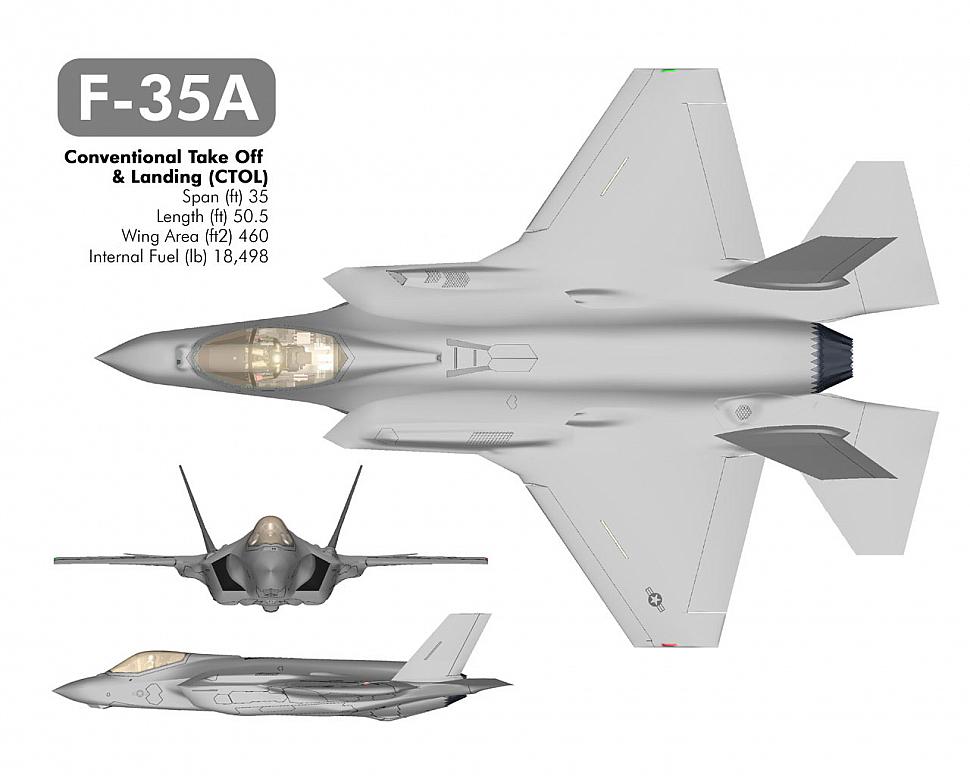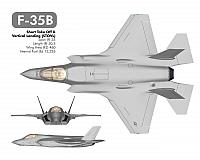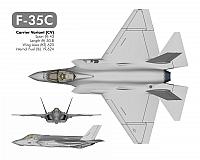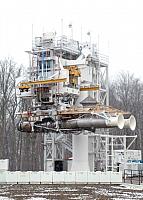Fighter Jet News
F-35 Lightning II News
House proposes F-35 production cut and funds for alternate engine
June 14, 2009 (by
Eric L. Palmer) -
The House Armed Services Air and Land Forces Sub-committee has delivered a blow to the F-35 Joint Strike Fighter (JSF) business plan.
The committee has also saved the Navy from itself by pushing for a multi-year Super Hornet buy.
The House proposes that 28 and not 30 F-35s be acquired for the 2010 budget. The Marines and Air Force will each lose one. That is only 9 now for the USAF if the House has their way. Rep. Neil Abercrombie (D-Hawaii), the chairman of the panel stated, “Overall, 28 aircraft is still twice the number of aircraft approved last year”.
The House also wants funding for the F-35 alternate engine made by GE and Rolls Royce known as the F136. They want $603 million dollars for F136 engine production. The chairman stated, “This issue is not about Contractor A or Contractor B. The issue is that we do not believe that it is prudent for up to 80 to 90 percent of the fighter fleet to be dependent on a single engine type, provided by one manufacturer.”
The very thing that the F-35 Joint Strike Fighter Program Office (P.O.) is worrying about has happened. While giving lip service to the idea of the alternate engine, the P.O. knows that it would have to be “paid for” with existing plan money and the politicians are unlikely to come up with the extra cash. This means that the F136 engine will be funded by taking money away from F-35 production quantity. This in-turn will raise the unit price of the F-35 aircraft. The program has to stay to plan. No matter how good the aircraft becomes, quantity is the big helper to keep price down. While nothing has been signed yet, for the programs sake, they need to get those 2 aircraft funded.
The Navy TacAir future may be saved from disaster thanks to the House. The panel authorized the Navy to enter into a multi-year buy program for the F-18 Super Hornet to address a projected short-fall of carrier fighters. This in part is due to a perceived risk on the delivery date of the F-35C carrier variant to the fleet which is yet to make even one trap or catapult take-off. The House saw through the Navy's bad judgement of betting on the yet to be proven F-35C.
The House proposes that 28 and not 30 F-35s be acquired for the 2010 budget. The Marines and Air Force will each lose one. That is only 9 now for the USAF if the House has their way. Rep. Neil Abercrombie (D-Hawaii), the chairman of the panel stated, “Overall, 28 aircraft is still twice the number of aircraft approved last year”.
The House also wants funding for the F-35 alternate engine made by GE and Rolls Royce known as the F136. They want $603 million dollars for F136 engine production. The chairman stated, “This issue is not about Contractor A or Contractor B. The issue is that we do not believe that it is prudent for up to 80 to 90 percent of the fighter fleet to be dependent on a single engine type, provided by one manufacturer.”
The very thing that the F-35 Joint Strike Fighter Program Office (P.O.) is worrying about has happened. While giving lip service to the idea of the alternate engine, the P.O. knows that it would have to be “paid for” with existing plan money and the politicians are unlikely to come up with the extra cash. This means that the F136 engine will be funded by taking money away from F-35 production quantity. This in-turn will raise the unit price of the F-35 aircraft. The program has to stay to plan. No matter how good the aircraft becomes, quantity is the big helper to keep price down. While nothing has been signed yet, for the programs sake, they need to get those 2 aircraft funded.
The Navy TacAir future may be saved from disaster thanks to the House. The panel authorized the Navy to enter into a multi-year buy program for the F-18 Super Hornet to address a projected short-fall of carrier fighters. This in part is due to a perceived risk on the delivery date of the F-35C carrier variant to the fleet which is yet to make even one trap or catapult take-off. The House saw through the Navy's bad judgement of betting on the yet to be proven F-35C.
Related articles:
Forum discussion:
Tags
- Northrop Grumman delivers flight-ready integrated CNI System ( 2009-06-09)
- Lockheed Martin receives $2.1 billion for US, Dutch and UK JSFs ( 2009-06-03)
- First Power Thermal Management Unit for the F-35 ( 2009-05-23)
- F-35 Lightning II news archive
Forum discussion:
- Start a discussion about this article in the F-35 forum.
Tags




